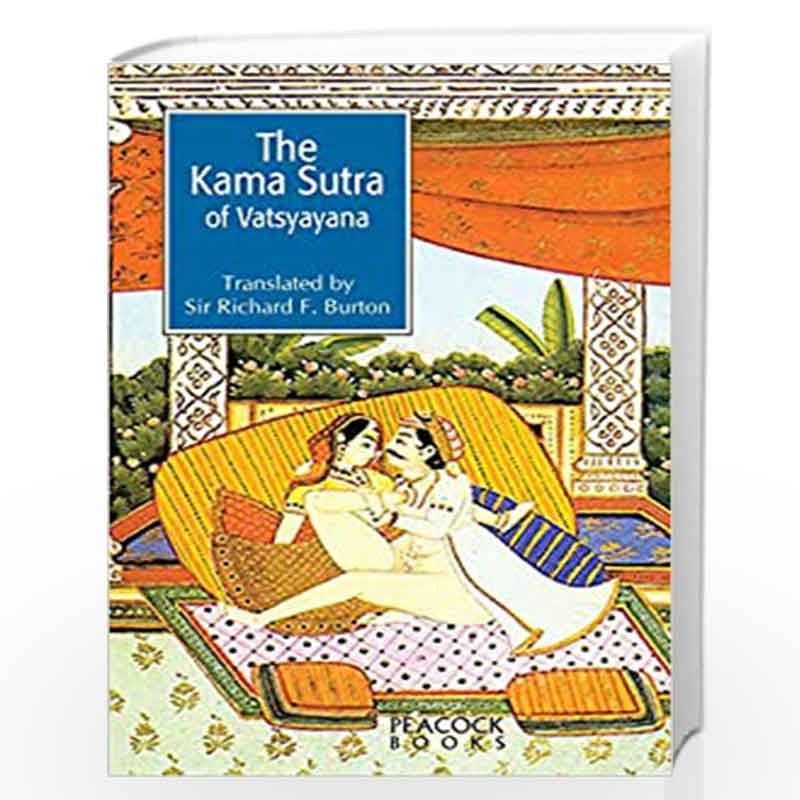


Others have said that he created the legend of Tara among the hill tribes as a tantric goddess. Some believe that his disciples went at his instructions, at the request of the Hindu Kings in the Himalayan range, to influence the hill tribals to give up the pagan cult of sacrifices. Hardly anything is known about Vātsyāyana from sources outside the Kāmasūtra itself. ( September 2018) ( Learn how and when to remove this template message) Unsourced material may be challenged and removed.

Please help improve this section by adding citations to reliable sources.
VATSYAYAN KAMSUTRA IN HINDI LANGUAGE MANUAL
Contrary to popular perception, especially in the western world, Kama sutra is not exclusively a sex manual it presents itself as a guide to a virtuous and gracious living that discusses the nature of love, family life and other aspects pertaining to pleasure oriented faculties of human life.This section does not cite any sources. "e Kama"e which is one of the four goals of Hindu life, means desire including sexual desire the latter being the subject of the textbook, and "e sutra"e literally means a thread or line that holds things together, and more metaphorically refers to an aphorism (or line, rule, formula), or a collection of such aphorisms in the form of a manual. It is largely in prose, with many inserted anustubh poetry verses. A portion of the work consists of practical advice on sexual intercourse. Despite all this, it has been such an influential translation that even modern editions in the Hindi language are re-translations of the Burton version.The Kama Sutra is an ancient Indian Hindu text widely considered to be the standard work on human sexual behavior in Sanskrit literature written by Vaatsyayana. He also removes the agency of women, and where in the original, women's words are direct quotes, in the Burton translation, women's words are removed and put into the passive state (i.e., A woman saying 'Stop!' becomes 'She continually utters words expressive of prohibition'). This was seen as an attempt to distance them and make them 'other', rather than about English people's sexual organs. Other criticisms levelled at Burton's translation is that instead of using English words for the sex organs, he uses the words 'lingam' and 'yoni', despite those words not appearing in the original work. It was edited by Burton to suit prevailing British attitudes to sex, but was still banned in England and the United States until 1962. Burton did not in fact translate the Kama Sutra - it was translated by the Indian scholar Bhagwan Lal Indraji. Indeed, Vatsyayana says himself: 'This work is not to be used merely as an instrument for satisfying our desires'. Although it is often thought of as a sex manual, it is much more, with guides on living well, the nature of love, and finding a partner. Vatsayana was an ancient Indian philosopher who lived during the second or third century. The Kama Sutra of Vatsyayana Vatsyayana - The Kama Sutra of Vatsyayana by Richard Francis Burton is an edition of the ancient Indian text on sexuality and emotional needs.


 0 kommentar(er)
0 kommentar(er)
